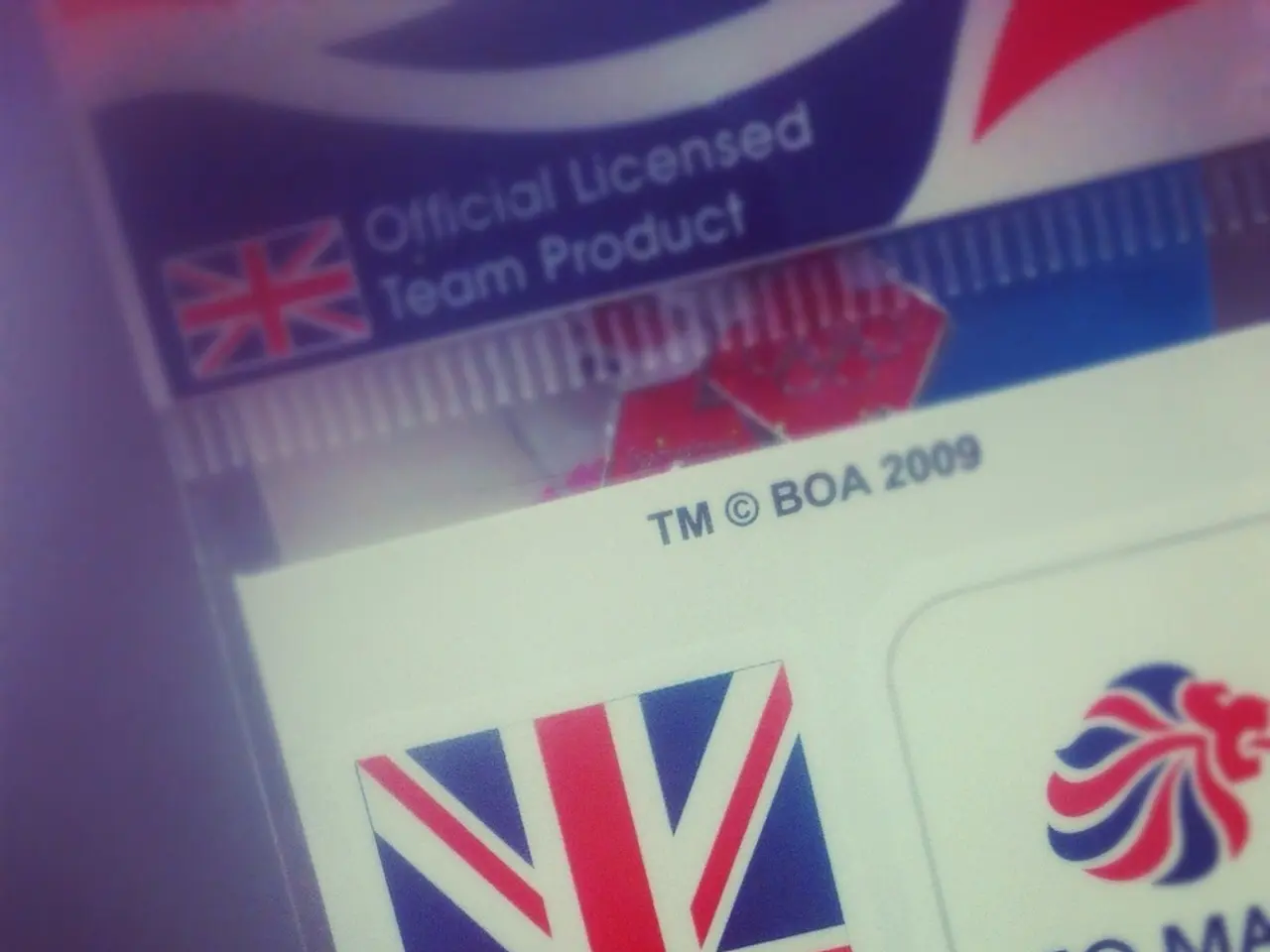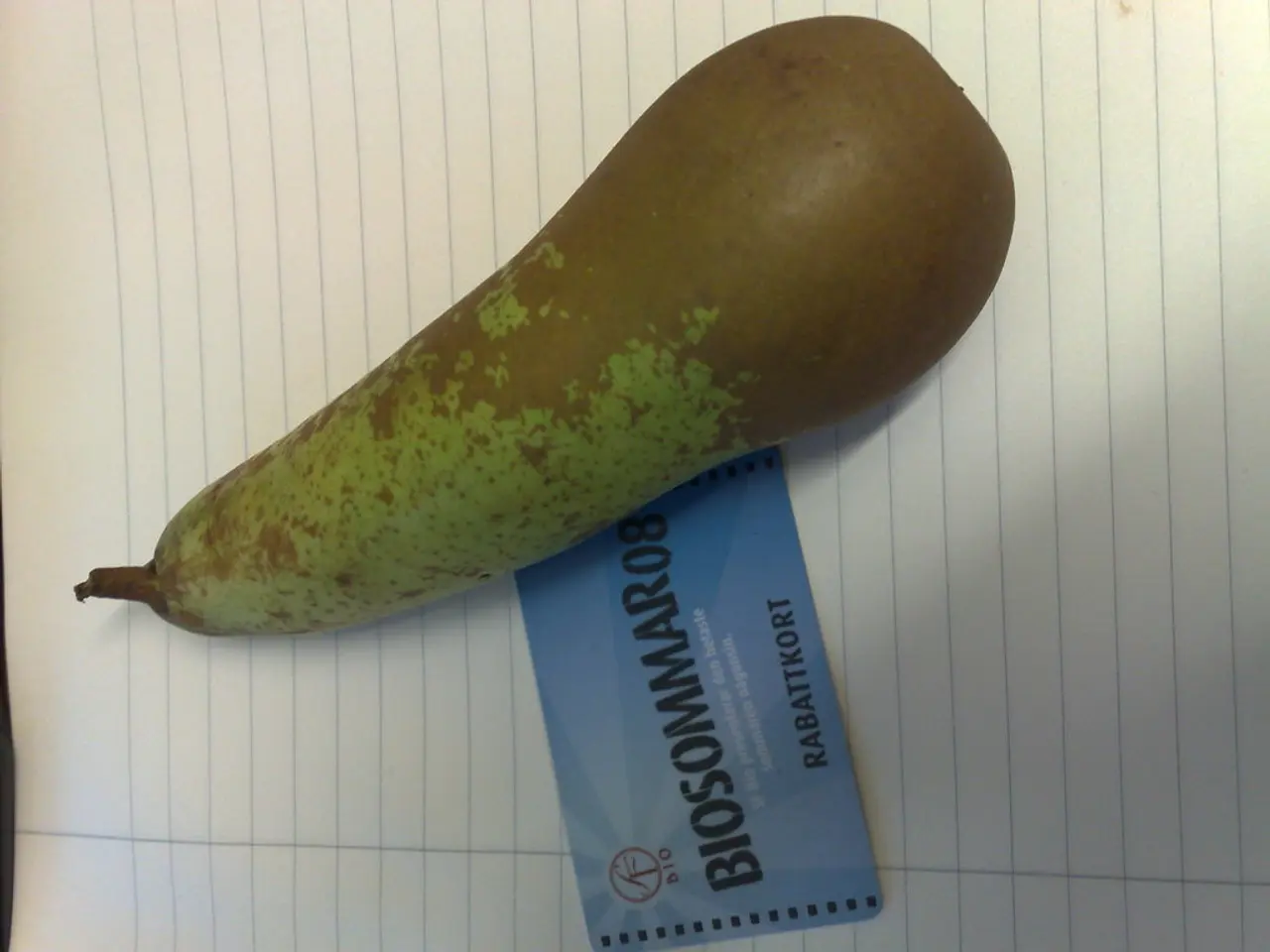Skiing Resumption Timeline Following an Injury: Important Factors to Evaluate
For skiers who have suffered an injury, returning to the slopes can seem like a daunting task. However, with careful planning and adherence to specific steps, a safe and successful recovery is possible. Here's a comprehensive guide to help you navigate the process:
**Step 1: Assess Injury Severity** Begin by evaluating the severity of your injury. This determines the recovery path and timeline. For instance, a minor sprain might require only a few weeks of rest, while a more serious injury like an ACL tear could necessitate surgery and a longer recovery period [1]. Consult a medical professional for a proper diagnosis and treatment plan.
**Step 2: Legal Considerations** Familiarise yourself with any legal or resort-specific protocols for returning to skiing after an injury. For example, concussion protocols are strictly governed by state regulations [2]. Understand your liability and the potential risks involved in returning to the sport prematurely.
**Step 3: Consultation with Medical Professionals** Engage in a structured physical therapy program tailored to your specific injury. This will help improve strength, flexibility, and mobility [3][4]. Gradually increase the intensity of exercises to ensure progressive strengthening without overexertion.
**Step 4: Recovery Timelines** Understand the typical recovery timeline for your injury. For example, ACL reconstruction typically requires six to nine months before returning to skiing [5]. If recommended by your healthcare provider, undergo a return-to-sport test to assess readiness for skiing.
**Step 5: Physical Therapy and Listening to Your Body** Commit to regular physical therapy sessions to maintain progress and prevent setbacks. Pay close attention to your body's signals. If you experience pain or discomfort, stop and consult your healthcare provider.
**Step 6: Appropriate Gear Selection** Ensure you have the right gear for your injury level. This might include braces or supportive devices to help stabilise the injured area [4]. Always wear appropriate safety gear, such as helmets and knee pads, to minimise the risk of further injury.
**Step 7: Gradual Return to Skiing** Start with gentle slopes and gradually increase difficulty as your body allows. Always be aware of your surroundings and other skiers to avoid collisions [6].
New technology in ski equipment provides features like shock absorption, which can be helpful during the aftermath of an injury. Pain, fatigue, and strength levels should be monitored as indicators of readiness to ski again.
By following these steps, you can safely return to skiing after an injury, minimising the risk of re-injury and ensuring a successful recovery. Consulting with knowledgeable staff at ski shops can also help find the best-fitting gear for rehabilitation needs [7]. Remember, rushing the healing process may lead to further injury, so patience is key. Pushing through pain can have tragic results.
Incorporating technology like shock-absorbing ski equipment aids in the recovery process, especially after an injury. Furthermore, staying informed about health-and-wellness practices in fitness-and-exercise, such as physical therapy, can support a safe and effective return to skiing, as instructed by medical professionals.




